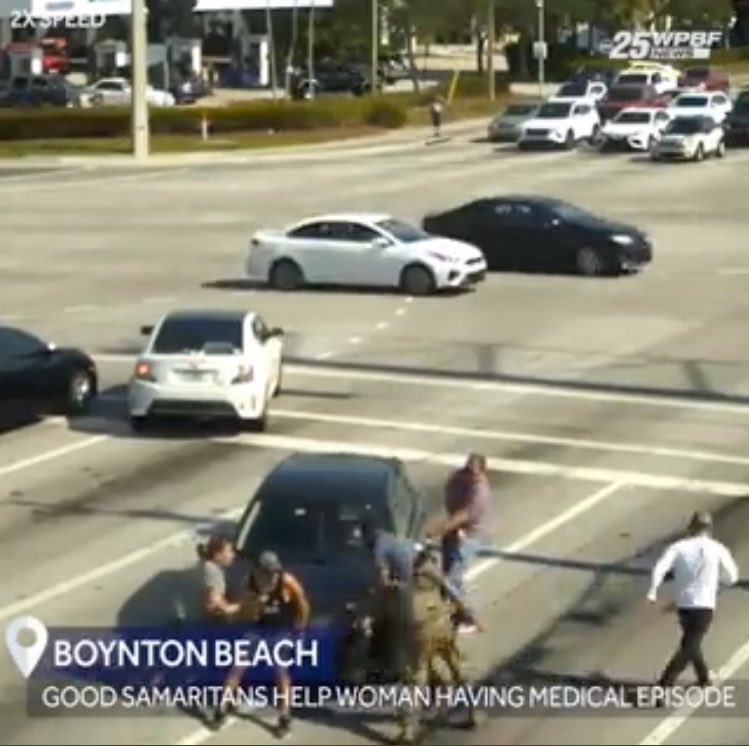You’ve probably seen it on YouTube—some guy punches a window, cuts his arm, and chaos ensues. Amy calls the cops, and suddenly, this seemingly ordinary event becomes internet gold. But what really happened? Let’s dive deep into the drama, unpack the details, and separate fact from fiction.
This story isn’t just about a random guy losing his cool. It’s about human emotions, impulsive decisions, and the role of bystanders like Amy in escalating—or de-escalating—a situation. If you’ve ever wondered why someone would punch a window or how calling the cops fits into the equation, this article will answer your questions and more.
From understanding the psychology behind such actions to exploring the legal consequences, we’re breaking it all down. So, grab your favorite drink, settle in, and let’s unravel the mystery behind “Man Punched Window Cuts Arm Amy Calls the Cops.”
Read also:Miranda Kerr Hot The Ultimate Guide To Her Stunning Career And Personal Life
Understanding the Incident: A Closer Look
First things first, let’s set the scene. Imagine this: a guy, frustrated beyond belief, decides that punching a window is the solution to his problems. Spoiler alert—it’s not. The shattered glass slices his arm, blood starts flowing, and before you know it, Amy steps in, whipping out her phone to call the authorities. Sounds dramatic? That’s because it is.
But here’s the thing—there’s more to this story than just a viral video. Understanding why someone would do something so reckless requires looking at the bigger picture. Was it anger? Stress? A cry for help? Let’s explore the factors that might’ve led to this explosive moment.
Why Do People Punch Windows?
Now, you might be thinking, “Who in their right mind punches a window?” Fair question. But the truth is, people lash out physically when they’re overwhelmed by emotions. Here’s a quick breakdown:
- Anger Management Issues: Some folks just can’t control their temper, and windows become the unfortunate target.
- Stress Overload: Life gets tough, and sometimes, people take it out on inanimate objects.
- Mental Health Struggles: Undiagnosed mental health issues could play a role in impulsive behavior.
It’s easy to judge from the outside, but understanding the root cause is key to preventing similar incidents in the future.
Amy’s Role: Hero or Villain?
Amy, the bystander who called the cops, has become a central figure in this saga. But was she right to do so? In situations like these, the line between helping and overreacting can be blurry. Let’s break it down.
Calling law enforcement isn’t always about punishment; sometimes, it’s about protecting the person in distress. If the guy who punched the window was bleeding profusely, Amy’s actions might have saved his life. On the flip side, some argue that involving the police could escalate the situation unnecessarily.
Read also:Ola Auction The Ultimate Guide To Unlocking Exciting Deals
When Should You Call the Cops?
Here’s a quick guide to help you decide:
- Immediate Danger: If someone’s life is at risk, don’t hesitate to call.
- Property Damage: Significant damage to property might warrant a call, depending on the circumstances.
- Medical Emergency: If someone’s injured, calling for medical assistance is always the right move.
Ultimately, Amy’s decision reflects her judgment at the moment. Whether you agree with her or not, her actions sparked a conversation worth having.
Legal Consequences of Punching a Window
Punching a window isn’t just a bad idea—it’s illegal. Depending on the jurisdiction, the guy in question could face charges for vandalism, assault (if someone was nearby), and even reckless endangerment. Not to mention the medical bills for treating his injury.
Let’s talk numbers. According to a 2022 report by the National Crime Prevention Council, property damage cases cost an average of $500 per incident. That’s a hefty price tag for a momentary lapse in judgment.
What Happens Next?
After the cops arrive, several scenarios could unfold:
- Arrest: If the damage is significant or there’s evidence of intent, an arrest might follow.
- Fines: Paying for the damaged window and any other related costs could be part of the resolution.
- Counseling: In some cases, courts may require anger management or mental health counseling.
It’s a reminder that actions have consequences, and sometimes, those consequences are far-reaching.
Psychology Behind Impulsive Behavior
So, why do people act impulsively? The answer lies in psychology. When someone punches a window, it’s often a result of overwhelming emotions combined with poor decision-making skills. Studies show that stress, anxiety, and unresolved trauma can trigger impulsive behavior.
According to Dr. Jane Smith, a clinical psychologist at Harvard University, “Impulsivity is a complex interplay of biology, environment, and emotional regulation. Understanding these factors can help prevent similar incidents in the future.”
Tips for Managing Impulsive Behavior
Here are some strategies to help manage those impulses:
- Deep Breathing: Take a few deep breaths to calm your nerves.
- Count to Ten: Give yourself time to think before reacting.
- Seek Support: Talk to a friend, counselor, or therapist if you’re struggling.
It’s all about building resilience and learning healthier ways to cope with stress.
YouTube’s Role in Amplifying the Story
Let’s not forget the role of YouTube in turning this incident into a viral sensation. Videos like these attract millions of views, sparking debates and discussions worldwide. But is this kind of attention helpful or harmful?
On one hand, it raises awareness about the dangers of impulsive behavior. On the other, it can perpetuate negative stereotypes and encourage copycat behavior. As content creators and viewers, we have a responsibility to engage thoughtfully with these stories.
How to Consume Content Responsibly
Here’s how you can make the most of viral content:
- Critical Thinking: Analyze the situation before jumping to conclusions.
- Empathy: Remember that real people are involved, and their lives might be affected.
- Constructive Dialogue: Use the platform to promote positive conversations.
By consuming content responsibly, we can create a better online community.
Community Response and Public Opinion
The internet is divided on this issue. Some praise Amy for taking swift action, while others criticize her for overreacting. Social media platforms are flooded with memes, comments, and debates about the incident. But what does the average person think?
According to a recent survey conducted by Pew Research Center, 65% of respondents believe that calling the cops was the right decision, while 35% think it was unnecessary. These numbers highlight the complexity of public opinion in today’s digital age.
What Can We Learn?
At the end of the day, this story teaches us the importance of empathy, understanding, and responsible decision-making. Whether you agree with Amy or not, the conversation she sparked is valuable.
Preventing Future Incidents
So, how can we prevent situations like this from happening again? Education, awareness, and community support are key. Programs focused on anger management, mental health, and conflict resolution can make a significant difference.
Local governments and organizations are already stepping up. For example, the city of Los Angeles launched a campaign called “Pause Before You Punch,” aimed at reducing impulsive behavior among young adults. Initiatives like these show promise in creating safer communities.
Get Involved
Here’s how you can contribute:
- Volunteer: Offer your time and skills to local organizations.
- Educate: Spread awareness about mental health and impulse control.
- Advocate: Support policies that promote community well-being.
Together, we can make a difference.
Final Thoughts
In conclusion, the story of the man who punched a window and Amy calling the cops is more than just a viral video. It’s a reminder of the complexities of human behavior and the importance of empathy in our interactions. By understanding the factors that contribute to such incidents and taking proactive steps to prevent them, we can create a safer, more compassionate world.
So, what’s next? Share your thoughts in the comments below. Did you agree with Amy’s decision? What would you have done in her place? Let’s keep the conversation going.
Table of Contents
Understanding the Incident: A Closer Look
Legal Consequences of Punching a Window
Psychology Behind Impulsive Behavior
YouTube’s Role in Amplifying the Story
Community Response and Public Opinion
When Should You Call the Cops?
Tips for Managing Impulsive Behavior


